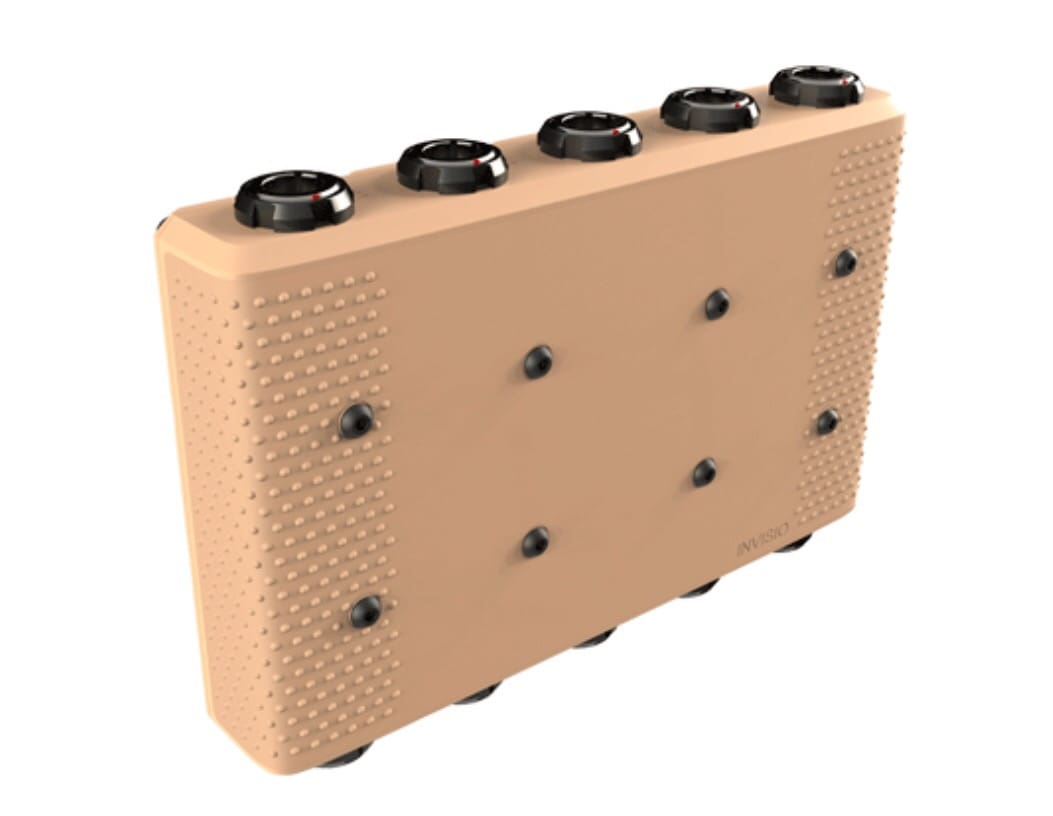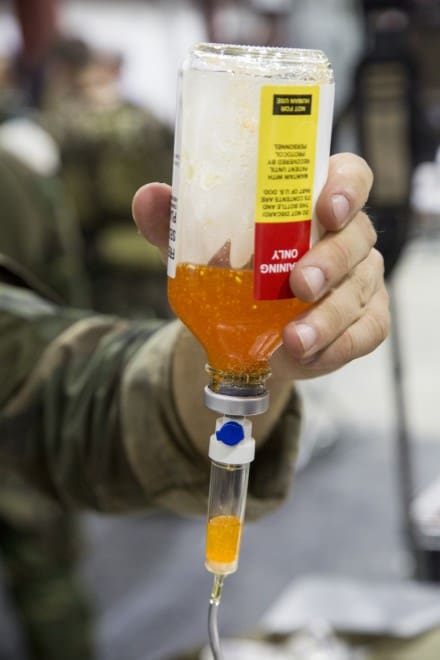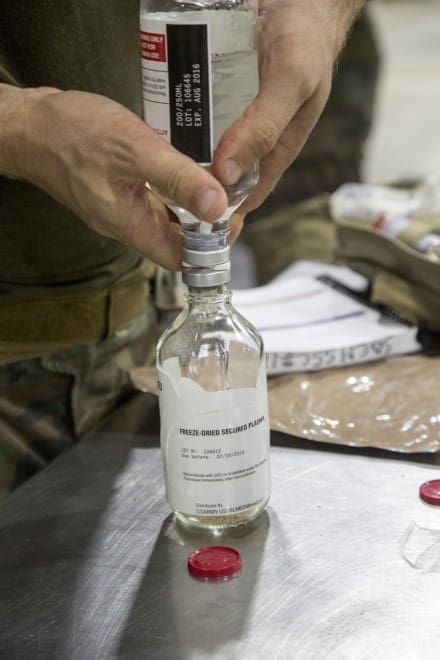Stockholm, September 12, 2017
INVISIO today announces a new product category for communication in vehicles. The first product announced will be an intercom system that will be commercially available to customers in defense and security in the second half of 2018.

The development of this new innovative product category has been going on for some time and is based on needs and requirements from key customers. The first product within this category will be presented at the important defence and security event, DSEi in London, on September 12-15, 2017.
“This is a step to further strengthen INVISIO’s role as the leading supplier of communications and protection solutions to the world’s defense and security forces. We have close contact with our customers and our innovations are a direct result of interacting with them and understanding their needs. Their experiences and our know-how is the perfect combination for developing a unique solution that is new to the market. We are well positioned in the industry and believe that this new product category over time will provide significant business opportunities for INVISIO, contributing to our journey of continued growth and development,” said Lars Højgård Hansen, CEO, INVISIO.
INVISIO has previously developed a unique and innovative series of communication and hearing protection systems aimed at dismounted users. These different systems have generated great interest and are now sold to a wide range of customers within the global defense and public safety communities, where the need for reliable, safe and easy-to-use products is very high. INVISIO has in a short period of time become the market leader for this type of systems.
With the intercom system, INVISIO’s product offering is expanded to include a full range of products for communication and hearing protection in mounted and dismounted operations.
“With the intercom system, INVISIO is bridging the gap between the dismounted and mounted soldier. Allowing for simplicity, modularity, and flexibility to fit the communication needs of the soldier either mounted in the vehicle or on the go regardless of operational requirements”, said Carsten Aagesen, SVP Sales & Marketing, INVISIO.
The INVISIO Intercom makes it possible for multiple users and radios to be connected simultaneously while using their existing soldier system. Seamless plug and play integration between control units, intercoms, headsets and interface cables are key to the versatility of the INVISIO System, as it allows for deployment of new equipment without the need for updating existing INVISIO Systems. The Intercom is small, lightweight, and highly mobile to establish Intercom anywhere.






















































































































